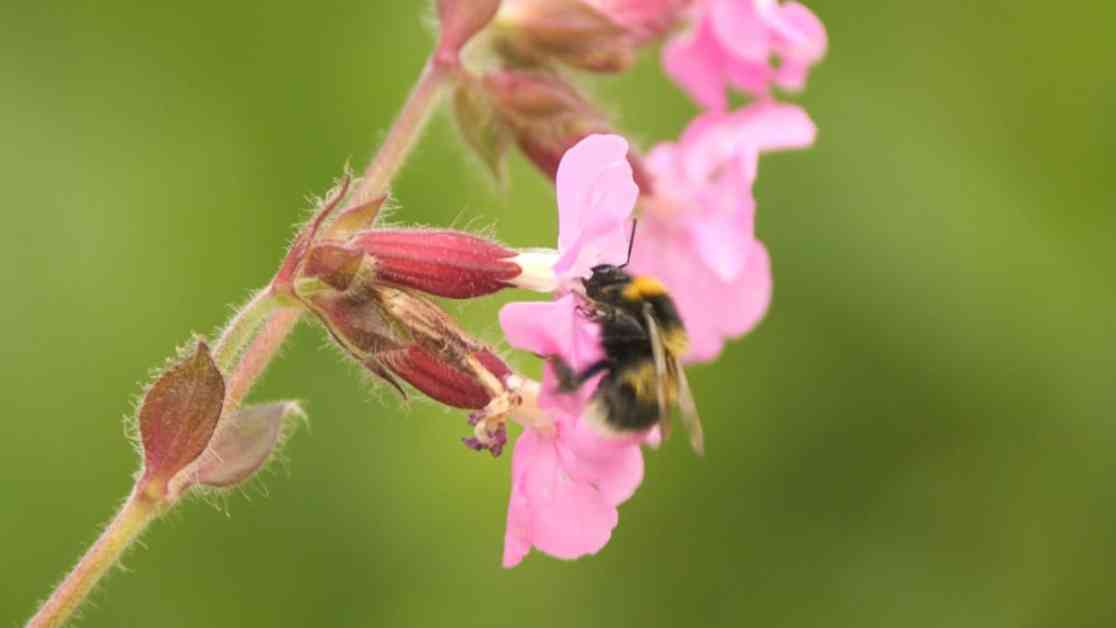Scientists at Kew Gardens are on a mission to save the bees by figuring out which trees these buzzing pollinators prefer. Bee populations around the world are taking a nosedive due to factors like habitat loss, climate change, and the use of pesticides. This decline is causing major issues for biodiversity and food production, and it seems like not enough research is being done globally to tackle the problem.
Tracking the Buzz: A New Approach
The team of researchers based at Wakehurst in Sussex, also known as Kew’s “Wild Botanic Garden,” are getting creative with their solutions. They’ve started placing fancy bio-acoustic sensors in trees to see which ones catch the bees’ attention. By listening to the buzz created by the bees’ wing beats, they’re able to create heat maps of the trees that are bee hotspots. The hope is that this information will guide urban planners on which trees to plant in cities to help combat the bee decline crisis. Dr. Janine Griffiths-Lee, the lead on pollination research, highlights the importance of pollinators, stating that nearly 90% of flowering plants rely on them. In the UK alone, flying insect populations have dropped by a staggering 60% in the last two decades.
Putting the Pieces Together
The researchers have selected eight different tree species for their study, including familiar ones like horse chestnut and lime trees. They’re also collecting DNA from pollen to understand which plants and flowers the bees prefer. Susan Raikes, the director of Wakehurst, describes the 535-acre estate as a “living laboratory” dedicated to finding nature-based solutions for climate change impacts. With biodiversity loss and climate change looming as twin crises, the team is racing against time to identify which plants from warmer regions can support pollinators in the UK. As native plants struggle, the search for alternative pollen sources becomes crucial for the survival of all species.










